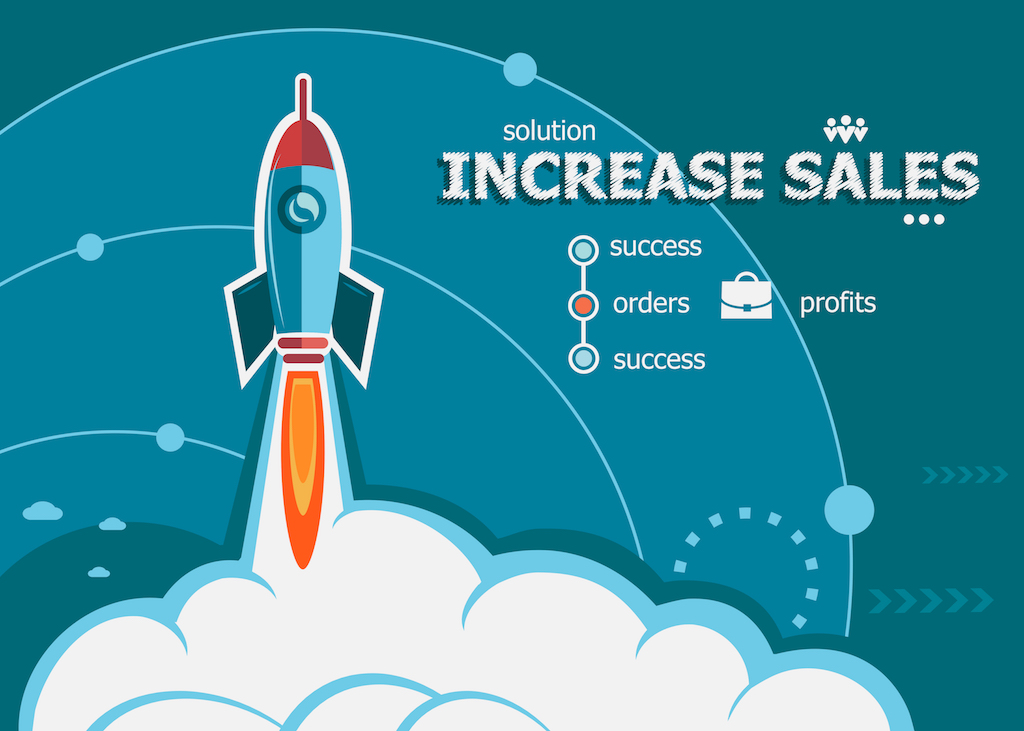In today’s fast-paced digital world, businesses of all sizes must embrace digital transformation to remain competitive, writes Olivia McGill who offers a useful guide to getting it right.
We constantly hear how digitalisation not only streamlines operations but also enhances customer experience, opens new revenue streams, and improves decision-making through data analytics.
So what is digitalisation? Digitalisation is the process of implementing software and other computer-based tech solutions for your business processes and workflows. This includes your processes for document management, HR, inventory control, accounting, and reporting, to mention some.
“Start by automating routine tasks like invoicing, payroll, and inventory management”
By implementing the right digitalisation strategies, you can create more efficient systems for managing every stage in the customer and employee experience.
This comprehensive guide will walk you through the essential steps to digitise your business effectively.
Assess your current digital status
Before embarking on your digital transformation journey, it’s crucial to understand your starting point. Conducting a digital maturity assessment to identify your current digital tools, processes, and capabilities is a great place to start. This will help you pinpoint gaps and areas for improvement.
First, make a list of existing digital tools and platforms used in your business. Then evaluate their effectiveness and usage. This will allow you to identify areas where digital solutions are lacking or underutilised.
Set clear digital goals
Define what you aim to achieve with digitalisation. Setting clear, measurable goals ensures that your digital transformation efforts align with your business objectives and provides a benchmark for success.
It is a good idea to establish SMART (Specific, Measurable, Achievable, Relevant, Time-bound) goals and make sure they align with your overall business objectives, such as improving customer service, increasing efficiency, or expanding market reach.
Develop a digital strategy
While companies don’t have the same digital needs, they all need to create a digital strategy to help assess how digital technologies impact their business, what digital tools to invest in, and how to apply these applications to their business to grow.
A well-crafted digital strategy serves as a roadmap for your digitalisation efforts. It outlines the steps, resources, and timelines needed to achieve your digital goals. The first step to creating one is to write a detailed plan that includes digital initiatives, required technologies, and implementation timelines to achieve more efficient business processes.
This roadmap helps your company digitally innovate and unlocks new opportunities to create competitive advantages, grow revenue, and create value. Identifying key stakeholders and assigning responsibilities to them is a key part of the strategy. Setting key performance indicators to track progress is essential to make sure your efforts are on track to succeed.
Invest in the right technology
Choosing the right technology is critical to successful digitalisation. The technology you select should address your business needs and be scalable to accommodate future growth.
There are lots of options out there so make sure to research digital tools and platforms that fit your business requirements. Consider solutions like cloud computing, customer relationship management (CRM) systems, and automation tools. Make sure the technology integrates well with your existing systems and processes.
If you are not sure, seek expert advice. Engage with technology consultants, industry experts, and solution providers who have deep domain knowledge and experience. These experts can help assess your organisation’s specific needs, evaluate technology options, and provide recommendations tailored to your requirements.
Upgrade your infrastructure
Attempting a digitalisation strategy on an outdated IT infrastructure is a surefire way to fail. A robust digital infrastructure is essential for supporting new technologies and ensuring seamless operations. This includes both hardware and software upgrades.
Software can include systems like an enterprise resource planning (ERP), customer relationship management (CRM), or payroll/accounting software. Ensure software is up to date and compatible with your digital tools.Your organisation may need to improve internet connectivity and cybersecurity measures. As well as moving to the cloud, hardware (computers, servers, etc.) will need to be updated to support new software. Upgrading your hardware can also help protect your company from cybersecurity attacks.
Train your employees
Your employees are the backbone of your digital transformation. Working with new technology can be overwhelming and discouraging without the proper training. Your people want to feel like they have the know-how and resources to perform their role well.
Providing them with the necessary skills and knowledge is crucial for successful implementation. Start by offering digital literacy training for all staff members, including specific training on new tools and platforms. It’s important to foster a culture of continuous learning and adaptation.
Digitalise customer interactions
Enhancing digital interactions with customers can significantly improve their experience and satisfaction. This includes adopting various digital communication and service channels such as chatbots, social media, and email.
Make sure to optimise your website for mobile devices and use digital marketing strategies, including SEO, social media marketing, and email campaigns, to engage with customers.
Streamline operations with automation
Automation can greatly enhance efficiency by handling repetitive tasks and freeing up employees for more strategic work.
Start by automating routine tasks like invoicing, payroll, and inventory management. Make sure to implement project management tools to enhance collaboration and productivity and use workflow automation to streamline business processes.
Leverage data and analytics
Data is a powerful asset that can provide valuable insights into customer behaviour, market trends, and business performance.
Leveraging data involves the strategic use of data in order to improve business and gain a competitive advantage. It involves analysing data from a variety of sources to measure performance and process, set strategic goals, and guide improvement.
In order to do this, collect data from various digital touchpoints, then use analytics tools to interpret the data and gain insights. Making data-driven decisions will allow you to optimise operations and strategies.
Continuously review and improve
Digital transformation is an ongoing process. Regularly assessing the effectiveness of your digital strategy ensures that you stay on track and adapt to new challenges and opportunities.
Continuously monitor the performance of your digital initiatives and stay updated with the latest digital trends and technologies. It’s important to stay agile and ready to adjust your strategy as needed.
Digitalising your business is a multifaceted process that requires careful planning, investment, and continuous improvement.
By following these steps, you can effectively transform your business, enhance efficiency, improve customer experience, and stay competitive in the digital age.
Embrace the journey of digitisation and unlock new opportunities for growth and success.
Main image at top:
-
Bank of Ireland is welcoming new customers every day – funding investments, working capital and expansions across multiple sectors. To learn more, click here






